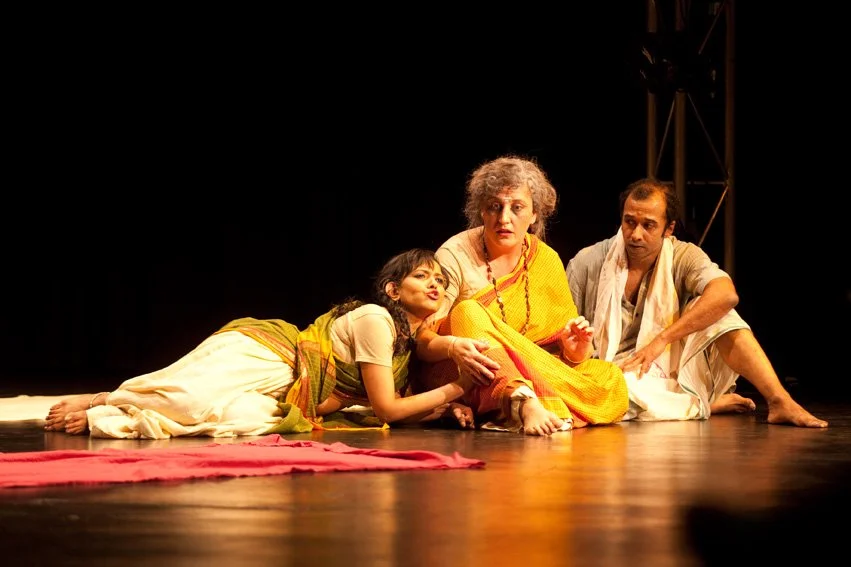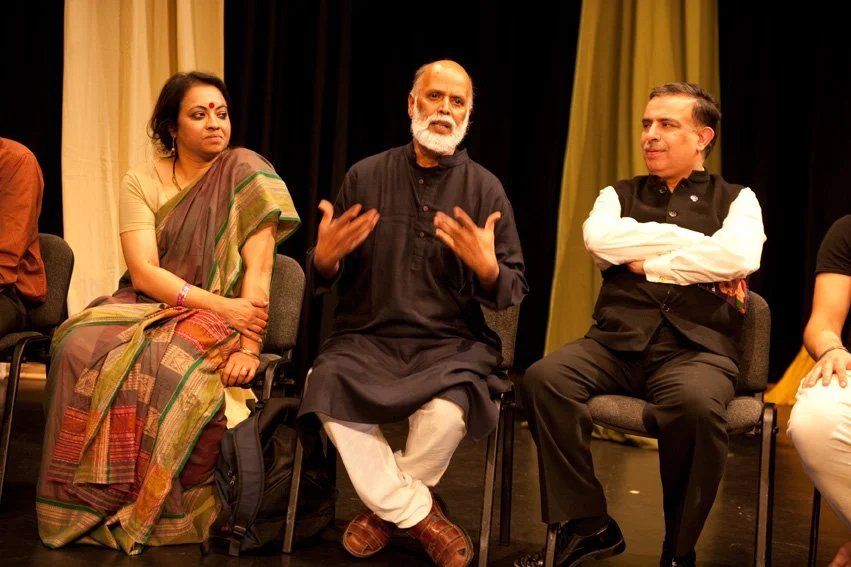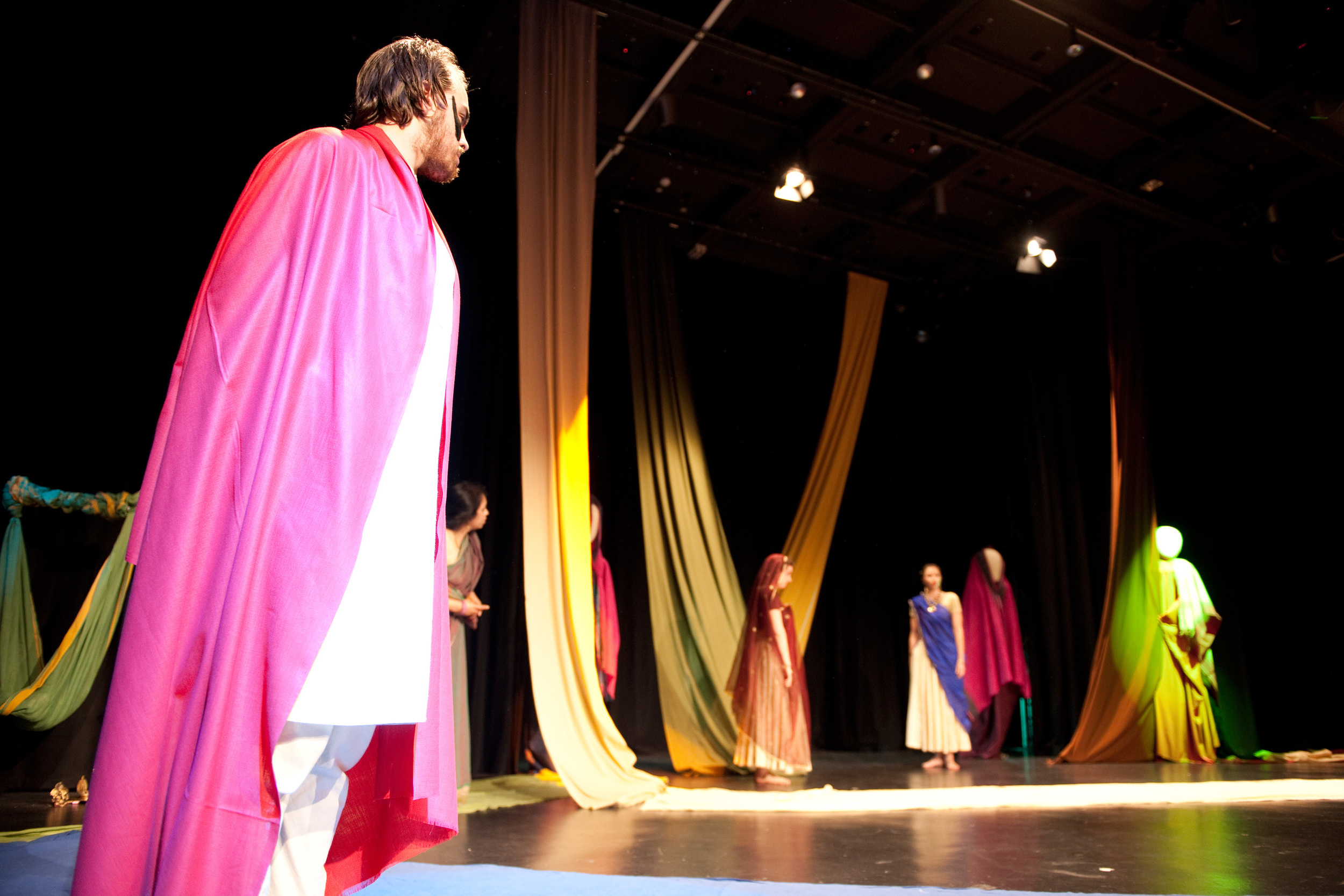The contemporary characters Son and Sister spend their evenings listening to stories narrated by Mother. Among these stories is the legend of the Young Woman, believed to be an ancestor of Mother, who was burned alive by her brothers to save the so called honour of the family. Before dying, Young Woman curses the male descendants of the family. Mother’s obsession with Young Woman’s curse, makes her fear Son’s destiny and above all, perceive all the women characters of the Mahabharata as various avatars of Young Woman.
MOW presents a world vision of women where the characters are often the victims of patriarchy, age-old blind superstitions, and war. At the same time, it is worthwhile to note that the play does not put forth a set of homogeneous women armed with a common agenda. The women’s demands are varied, their motivations differ, and all do not champion the feminist cause. They are also portrayed as enemies of their own sex. However, they come together, towards the end of the play, to condemn war and its horrible consequences after losing their progeny. With a complex world view, the script fortunately does not fall into the trap of a didactic play.
Although there are a number of references from Indian mythology, the message of the play is universal, and the play reaches out easily to foreign audiences. Thanks to Peter Brook’s Mahabharata that was produced in Europe in 1985, today this epic is very well-known throughout the world. MOW has successfully been staged in French, in Canada and France, by French speaking actors; in German by German natives for the Baaden Wurtemburg festival of South Germany; and has had tremendous positive response in India too, in its English version.
The production in Melbourne brought together actors within and outside the Indian community. With a mixed cast, this production was genuinely an intercultural exposure for the actors as well as the audience. The production used life-size puppets to bring out the larger dimension of mythology. K. Madavane’s direction, a unique blend of body movement and diagonal blocking and had proved to be a truly singular experience.
MOW 2013 Images








































































































